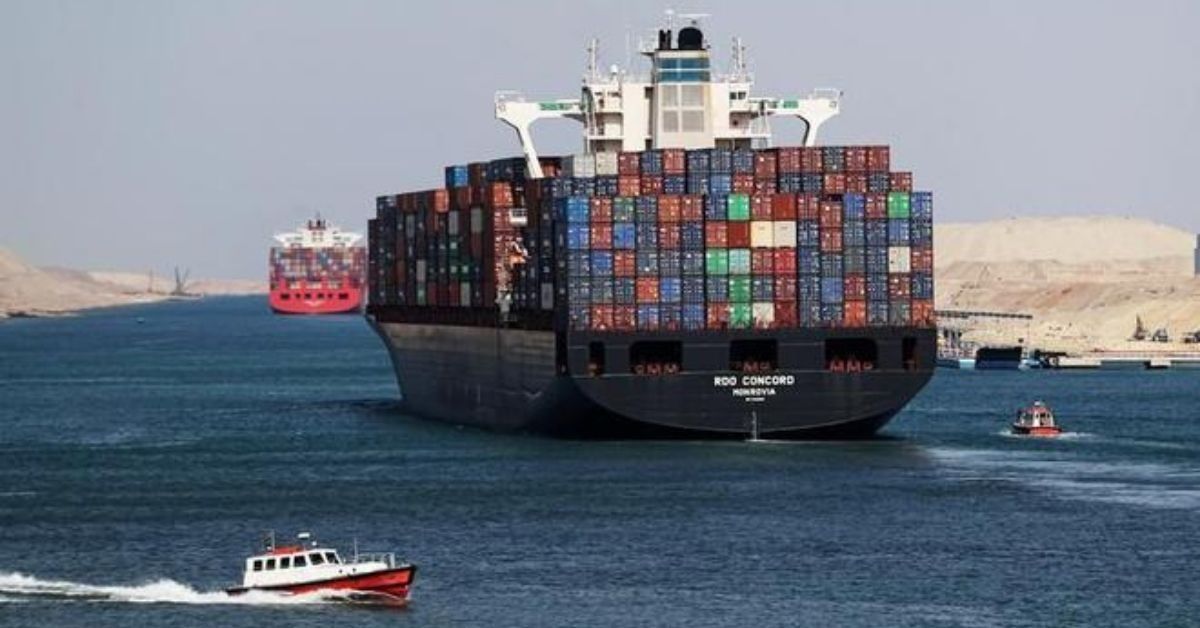Blue economy essentially refers to the multitude of ocean resources available in the country that can be harnessed to aid the production of goods and services because of its linkages with economic growth, environmental sustainability, and national security. The blue economy is a vast socio-economic opportunity for coastal nations like India to utilise ocean resources for societal benefit responsibly.
How significant is India’s Blue Economy?
India’s blue economy is a subset of the national economy comprising the entire ocean resources system and human-made economic infrastructure in marine, maritime, and onshore coastal zones within the country’s legal jurisdiction. With some 7,500 kilometres, India has a unique maritime position. Nine of its 29 states are coastal, and it’s geography includes 1,382 islands. There are nearly 199 ports, including 12 major ports that handle approximately 1,400 million tons of cargo each year. Besides, India’s Exclusive Economic Zone of over 2 million square kilometres has a bounty of living and non-living resources with significant recoverable resources such as crude oil and natural gas. Also, the coastal economy sustains over 4 million fisherfolk and coastal communities.
Why has the Government come out with a draft Blue Economy Policy?
Given India’s vast maritime interests, the blue economy occupies a vital potential position in India’s economic growth. It could well be the next force multiplier of GDP and well-being, provided sustainability and socio-economic welfare are centred. Therefore, India’s draft blue economy policy is envisaged as a crucial framework towards unlocking the country’s potential for economic growth and welfare.
What are the important elements of this policy?
According to the draft policy, the blue economy is one of the ten core dimensions for national growth. It dwells on policies across several key sectors to achieve the holistic development of India’s economy. The draft document focuses on seven thematic areas such as national accounting framework for the blue economy and ocean governance; coastal marine spatial planning and tourism; marine fisheries, aquaculture, and fish processing; manufacturing, emerging industries, trade, technology, services, and skill development; logistics, infrastructure and shipping including transshipment; coastal and deep-sea mining and offshore energy; security, strategic dimensions, and international engagement.
Has India fully leveraged this part of its overall economy?
India has tapped its vast coastline to build ports and other shipping assets to facilitate trade, but the entire spectrum of its ocean resources is yet to be fully harnessed. Several countries have undertaken initiatives to utilise their blue economy. For instance, Australia, Brazil, the United Kingdom, the United States, Russia, and Norway have developed dedicated national ocean policies with measurable outcomes and budgetary provisions. Canada and Australia have enacted legislation and established institutions at federal and state levels to ensure progress and monitoring of their blue economy targets. With a draft blue economy policy framework of its own, India is now all set to harness the vast potential of its ocean resources.
Source : The Hindu Businessline







